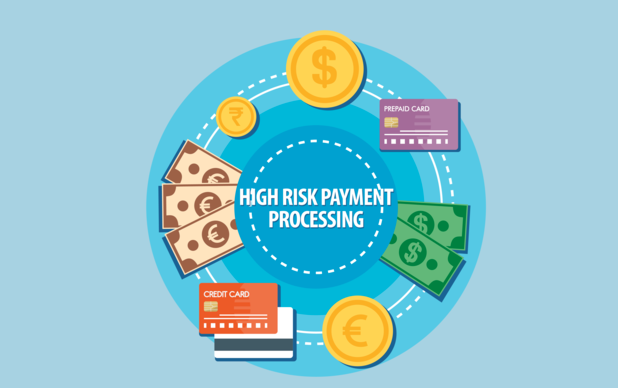The business of processing credit cards is considered high-risk. This is because the processors have to handle merchants whose services are frequently disputed by customers, resulting in chargebacks. Additionally, they work with industries that are also considered high-risk, where the processors must regularly deal with declining revenue and even the possibility of businesses shutting down completely.
Which is a high-risk trader’s account?
A high-risk merchant account is a type of account that is typically held by businesses with a history of frequent refunds and chargebacks. If your business poses a higher risk of liability to financial institutions, you may be required to pay higher fees for services and may also be subject to a rolling reserve. The rolling reserve is designed to protect the bank in the event of excessive chargebacks and refund incidents. On the other hand, companies with good credit histories that sell products and services with low chargeback and refund rates usually qualify for standard merchant accounts.
Which industries are classified as “high-risk”?
Industries that are controversial, such as weapons retailers and tobacco, face strict regulations and frequent lawsuits. This can lead to significant legal expenses and a higher probability of business failure. Other industries, like travel, are seasonal and heavily reliant on consumer spending, which often results in inconsistent revenue. The following industries are typically regarded as high-risk by most lenders:
- Weapons manufacturers and retailers
- Tobacco, alcohol, and cannabis
- Gambling and sports betting
- Adult entertainment and content
- Travel agencies and tour operators
- Health supplements and pharmacies
- Forex, payday lending, and check-cashing services
- Debt collectors and auctioneers
- Dating services
- 10.Subscription-based businesses
What factors contribute to a business or industry being classified as high-risk?
To minimize the potential risks associated with credit card processing, various companies have established criteria for identifying high-risk merchants. Below is a summary of the factors that could lead to a business being categorized as high-risk rather than low-risk:
High risk
$20,000 or more in monthly transactions
Average transaction of $500 or more
High-risk industry (forex, gambling, travel)
Excessive chargebacks and disputes
Accepts multiple currencies as payment.
Offers recurring payment options (subscriptions).
Conducts business internationally
Low risk
Less than $20,000 in monthly sales
average transaction of less than $500
Low-risk industries (clothing, home goods, books)
Low chargeback ratio (less than 0.9% of total transactions)
Only accepts one currency as payment.
Conducts single transactions only (no subscriptions).
conducts business only in the U.S.
Although the categories mentioned above can assist in determining whether a business falls under “high-risk” or “low-risk,” the final decision lies with the credit card processing company.
If you operate in a high-risk industry, there are several methods to reduce the expenses associated with running such a business:
- Select a credit card processing company that charges solely for transactions completed on your website or app.
- Apply for a high-risk merchant account with a credit card processor that has experience working with other businesses in your industry.
Advantages and disadvantages of high-risk merchant accounts
High-risk merchants may encounter the obstacle of paying higher fees and rates. However, they can search for a suitable credit card processor and benefit from the following advantages of working in a high-risk industry:
Opportunity for market expansion: high-risk merchants can conduct business with customers in high-risk countries, allowing them to reach a broader audience than low-risk merchants.
Increased revenue potential: Due to the limited competition in high-risk industries, merchants may have the potential to generate higher revenue.
Nevertheless, it is important to consider the potential drawbacks of a high-risk merchant account, such as the higher costs and the possibility of account termination.
Having high profit margins allows you to tap into a wider market and offer a wider variety of products, which can result in increased revenue for your business compared to low-risk merchants.
Moreover, if a low-risk merchant surpasses the chargeback threshold, their credit card processor may terminate their account. However, in the case of a high-risk account, the credit card processor is more likely to simply pause credit card transactions. This can provide some protection against sudden account closures.
